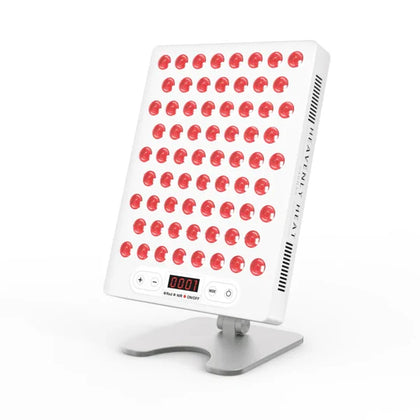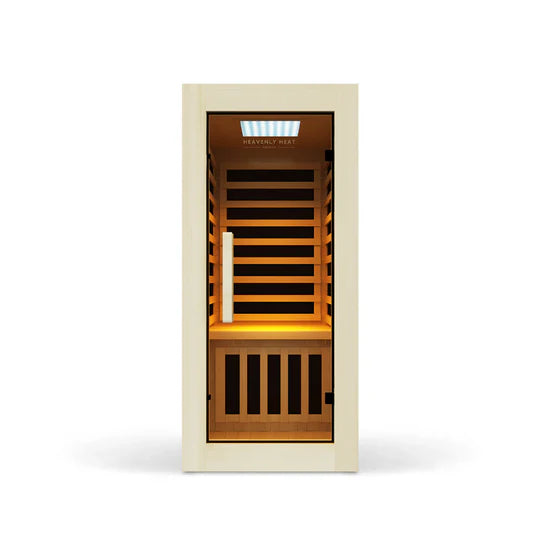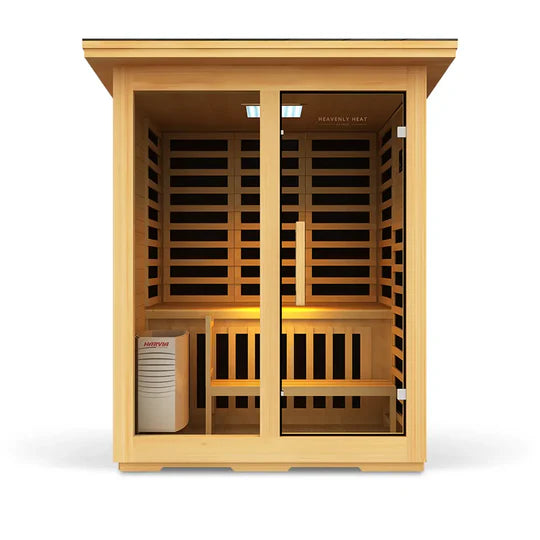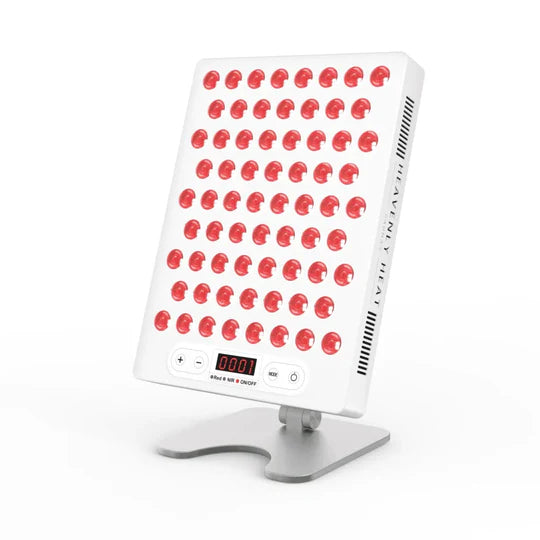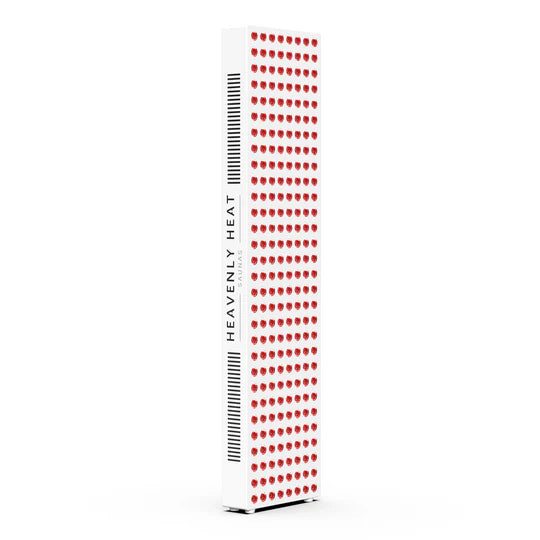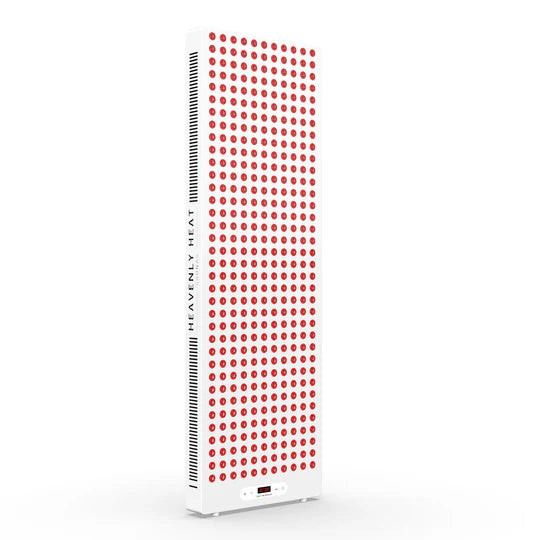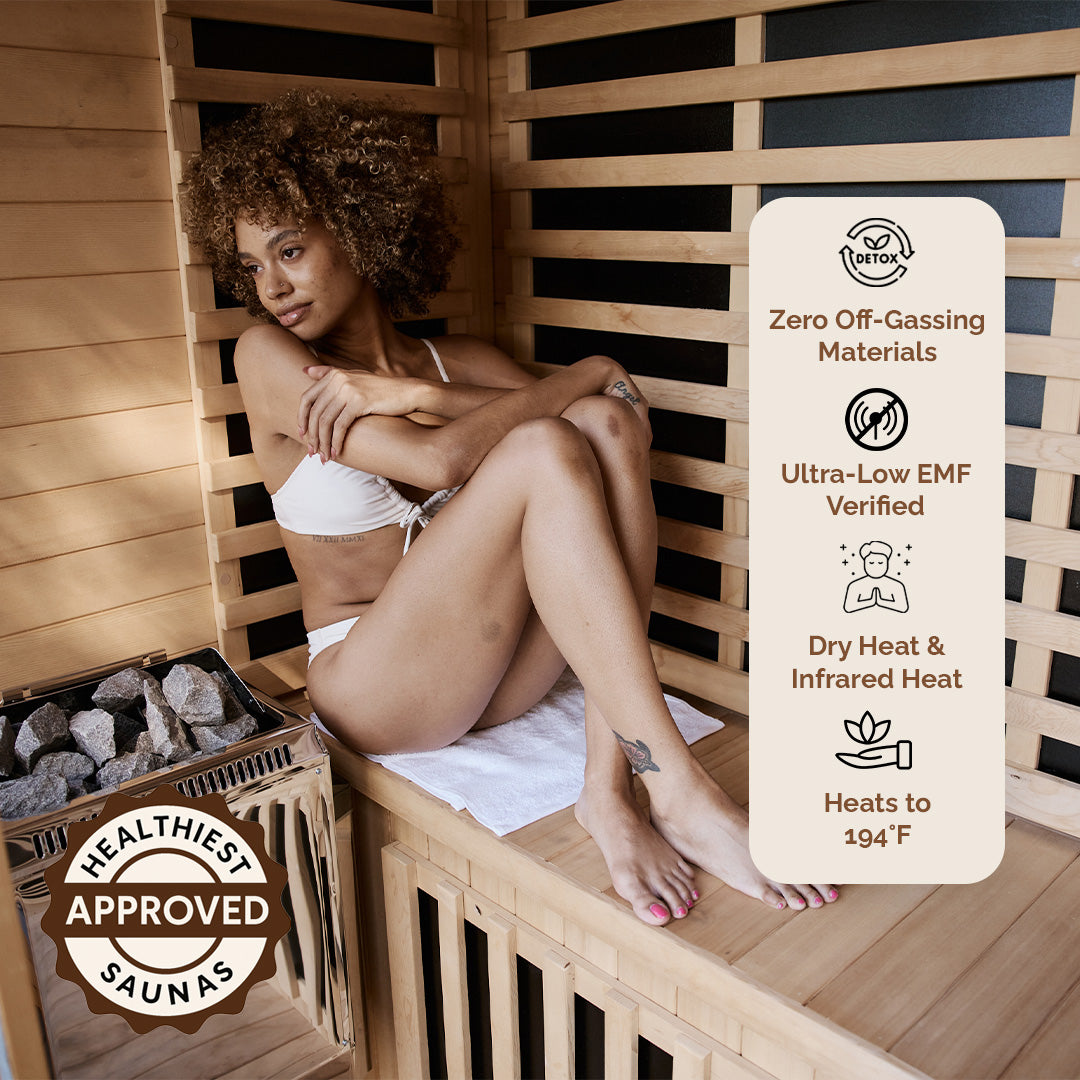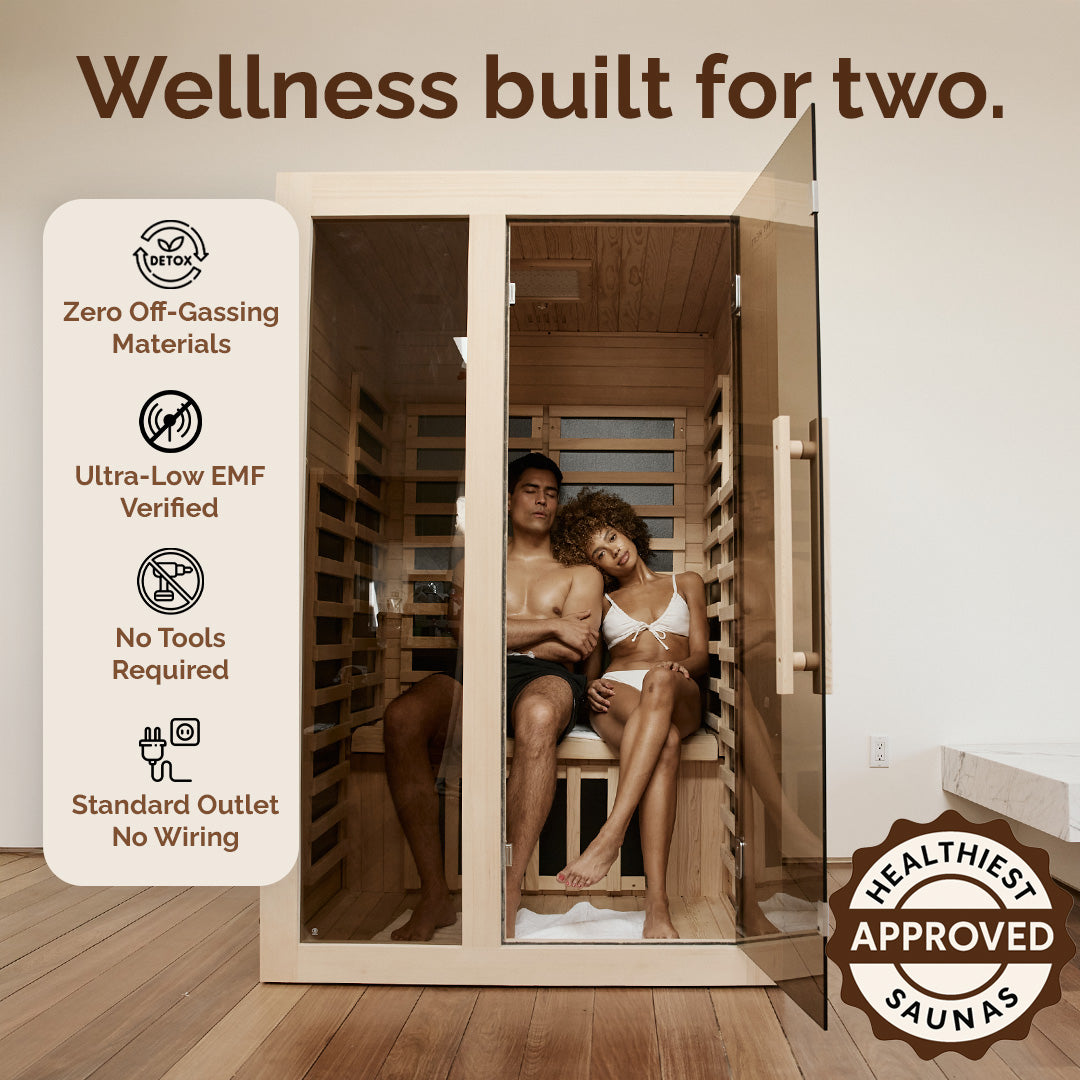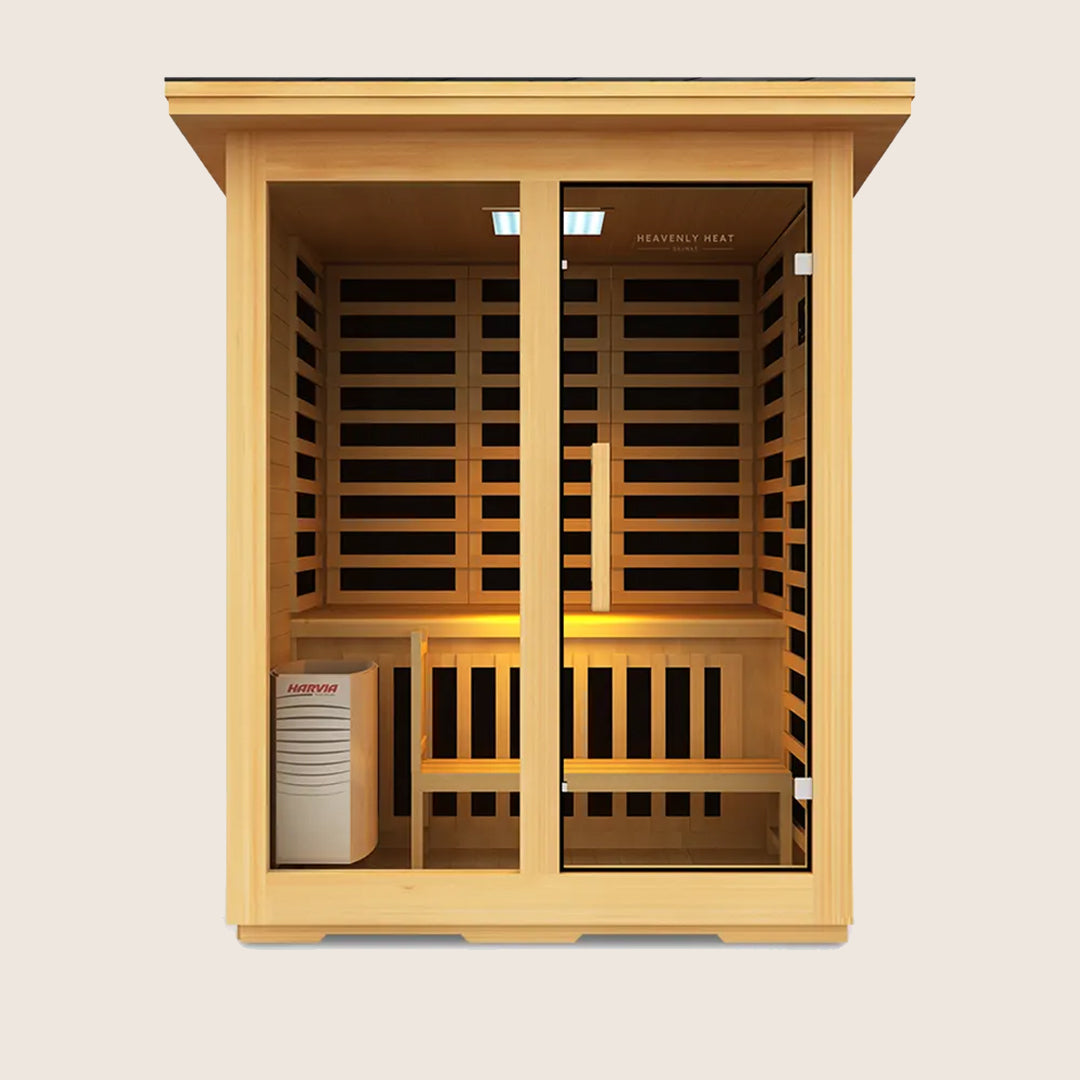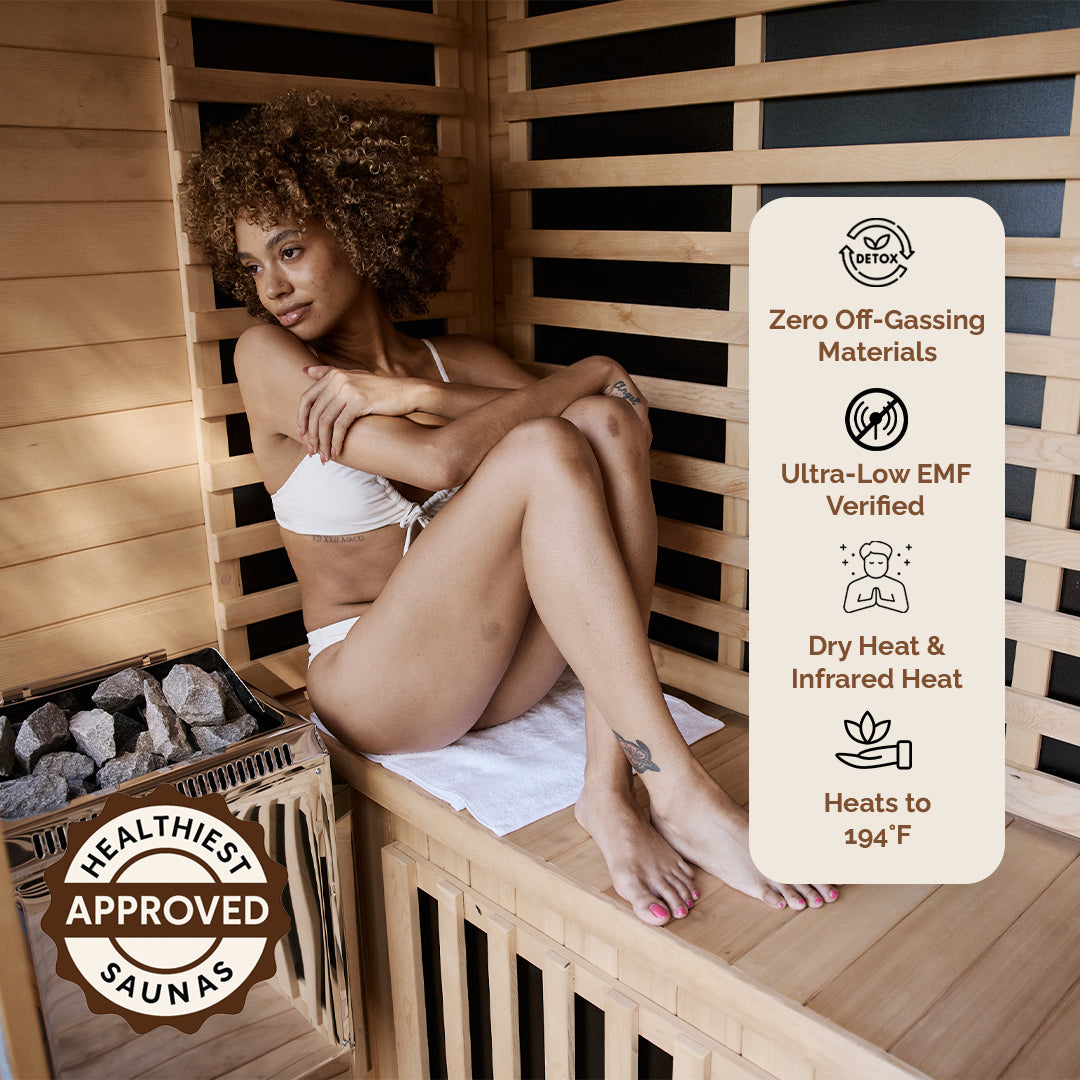Can You Cold Plunge With Raynaud's Syndrome?

Cold, numb fingers and painful color changes aren’t just annoying, they’re the daily reality for those with Raynaud’s syndrome.
Ignoring these symptoms can lead to worsening discomfort and even tissue damage. So, can you safely cold plunge with Raynaud’s?
Keep reading to discover how to manage this condition without sacrificing the benefits of cold therapy.
Table of contents
Key Takeaways
Understand Raynaud’s triggers: cold, stress, vibrations, smoking, and certain meds can worsen symptoms.
Cold plunging often risks triggering Raynaud’s attacks by causing blood vessel spasms.
Always consult your doctor before trying cold plunging, especially if you have severe symptoms.
Start cold plunging slowly with moderate water temperatures and watch for signs like numbness or color changes.
Consider safer alternatives like warm soaks, heated gloves, relaxation, and gentle exercise to manage symptoms.
What is Raynaud’s Syndrome?
- How Raynaud’s Syndrome Affects Your Body: Raynaud’s Syndrome causes your small blood vessels, mainly in your fingers and toes, to suddenly narrow when you're cold or stressed.
- The Impact on Blood Flow: When the blood vessels narrow, it makes parts of your body feel numb, cold, and sometimes turn white or blue during an attack.
- Why Cold Plunges Can Be Risky: Understanding Raynaud’s helps explain why cold plunges can be dangerous for people with this condition.
Types of Raynaud’s Syndrome (Primary vs Secondary)
- Raynaud’s comes in two types: primary and secondary: There are two kinds of Raynaud’s Syndrome primary and secondary and knowing the difference is important for understanding the condition.
- Primary Raynaud’s happens on its own and causes mild symptoms: Primary Raynaud’s usually shows up by itself, causing cold fingers and toes when you’re cold or stressed, but it rarely leads to serious problems.
- Secondary Raynaud’s is linked to other health issues and can be serious: Secondary Raynaud’s happens because of other diseases like lupus or scleroderma, and it can cause more serious complications.
- Doctors use symptoms and tests to tell which type you have: Doctors figure out if it’s primary or secondary Raynaud’s by looking at your symptoms, medical history, and doing tests to guide proper care.
Who is Most at Risk?
Older Adults and Age-Related Vulnerabilities
- Older adults have more health problems that weaken their bodies: Many seniors live with arthritis, heart disease, and diabetes, which make their bodies less strong and slower to heal.
- The immune system gets weaker as people get older: Because of aging, older adults catch infections more easily and have a harder time fighting them off.
- Older people often have trouble moving safely: Weak muscles and balance problems make falls and injuries more likely for older adults.
- Feeling lonely can harm older adults’ health: Being socially isolated can cause sadness and depression, which hurts both mental and physical health.
- Some older adults face abuse that harms their well-being: Elder abuse is a serious threat to their safety and mental health.
- Older adults are at greater risk during emergencies: Natural disasters are especially dangerous because they may not be able to respond quickly or get help easily.
Individuals with Chronic Health Conditions
- Chronic health problems make infections more serious: People with illnesses like diabetes or heart disease are more likely to get very sick when infected.
- Diabetes lowers your body’s ability to fight germs: If you have diabetes, your immune system doesn’t work as well, so infections can be harder to beat.
- Heart disease makes it harder for your body to handle illness: Having heart problems means your body is weaker and may struggle more during infections.
- Lung diseases cause breathing problems that make infections worse: Conditions like asthma or COPD can make breathing tough and raise the chances of serious lung infections.
- Not taking medicines properly increases health risks: Missing doses or not managing chronic diseases well makes you even more vulnerable.
- People with chronic illnesses need to be extra careful: Those with long-term health issues should keep up with vaccines and avoid crowded places to stay safer during outbreaks.
People with Compromised Immune Systems
- HIV weakens the immune system by attacking immune cells: HIV attacks immune cells directly, making the body less able to fight infections.
- Cancer treatments can lower the body’s defenses: Chemotherapy damages healthy cells, including those that protect the body from illness.
- Medicines for autoimmune diseases reduce immune protection: Some drugs used for autoimmune diseases weaken the immune system, increasing infection risk.
- Organ transplant patients must take drugs that lower immunity: To stop the body from rejecting a new organ, patients use medicines that suppress their immune system.
- Older adults naturally have weaker immune defenses: Aging causes the immune system to become less effective, making infections more likely.
Pregnant Women and Developing Fetuses
- Pregnant women need to care for two lives: Pregnant women face unique health challenges because their bodies are supporting both themselves and their developing babies. This makes them more vulnerable and requires special care.
- Infections during pregnancy can hurt the baby: Some infections don’t just affect the mother, they can reach the baby and cause serious harm. That’s why staying healthy and avoiding sickness during pregnancy is very important.
- Toxic chemicals can reach the baby inside: Harmful substances like lead or mercury can cross the placenta and affect the growing fetus. Pregnant women need to stay away from such toxins to keep their baby safe.
- Eating well helps the baby grow strong: A mother’s nutrition directly affects the baby’s growth and development. Good food means a better chance for a healthy baby.
- Alcohol and smoking can damage the baby for life: Drinking alcohol while pregnant can cause permanent harm to the baby’s brain and body. Smoking makes it harder for the baby to get enough oxygen, which can slow down growth.
Children and Infants’ Increased Sensitivity
- Children’s growing brains get harmed more easily: Because their brains and organs are still developing, children are more likely to suffer damage from chemicals in the environment. Even small exposures can have a big impact on their health.
- Babies’ bodies can’t remove toxins properly: Infants have immature systems that don’t break down harmful substances well. This makes them more sensitive to toxins that adults might handle without trouble.
- Delicate baby skin lets in more harmful stuff: Since babies have thinner skin, they absorb more harmful chemicals through contact. Their skin doesn’t block out toxins as well as older children or adults.
- Early exposure to toxins can cause permanent damage: Toxins like lead can seriously affect a child’s brain and development. These effects can last a lifetime, so preventing early exposure is extremely important.
Occupational Exposure and High-Risk Jobs
- People working in certain industries deal with dangerous exposure every day: Jobs in construction, mining, agriculture, and healthcare often involve harmful chemicals, dust, or infections. Workers in these fields face a higher chance of getting sick because of the nature of their work.
- Some job roles come with a much higher health risk: Workers like pesticide applicators, miners, and healthcare aides are directly exposed to harmful substances more often than others, making their jobs riskier to their health.
- Young, female, and minority workers often don’t have the same protection: These groups may not get enough safety equipment or training. Because of that, they are more likely to suffer from workplace exposure in high-risk jobs.
- Low-income workers usually get stuck with the most dangerous jobs: People who earn less often have to take on unsafe work without the right protective gear, which increases their chances of getting exposed to harmful conditions.
- Migrant workers face the worst exposure and the least help: Migrant workers deal with unsafe conditions, poor housing, and language barriers. Many can’t access proper healthcare or understand safety rules, putting them at extreme risk.
Socioeconomic Factors Affecting Risk Levels
- People with Low Income Face More Risky Living Conditions: Lower income means living in places with more pollution, crime, and poor housing, which increases health dangers.
- Education Helps People Understand and Avoid Risks: More education gives people better knowledge to recognize risks and protect themselves.
- Access to Healthcare is Limited by Socioeconomic Status: People with less money often cannot get timely or good medical care, raising their health risks.
- Poor Housing Causes More Health Problems: Living in homes with mold, pests, or unsafe structures harms people’s health, especially for those with lower incomes.
Triggers of Raynaud’s Syndrome
Cold Temperatures
Cold temperatures can quickly trigger Raynaud’s syndrome by causing the small blood vessels in the fingers and toes to tighten too much.
In Raynaud’s patients, these vessels close up almost completely when exposed to the cold, cutting off blood flow and turning skin white or blue.
That’s why it’s important to dress warmly and protect your hands and feet with heated gloves or hand warmers.
Emotional Stress
Emotional stress can also bring on Raynaud’s symptoms. When you’re stressed, your body releases adrenaline, causing blood vessels to tighten.
Stress-management techniques like yoga, meditation, or deep breathing can help reduce attacks.
Vibrations
Vibrations from power tools or motorcycles irritate blood vessels and nerves, leading to sudden narrowing of vessels in your hands and fingers. Wearing anti-vibration gloves can help protect your hands.
Smoking
Smoking damages blood vessels and causes them to narrow, making Raynaud’s attacks more frequent and painful. Quitting smoking can improve blood vessel function and reduce symptoms.
Certain Medications
Some medications, like beta-blockers and migraine drugs, can worsen Raynaud’s by constricting blood vessels. Conversely, vasodilators widen blood vessels and may ease symptoms.
Injury or Trauma
Even small injuries can trigger attacks by causing blood vessels to spasm. Repeated injuries or nerve damage can make symptoms worse over time.
Hormonal Changes
Hormonal fluctuations, especially in women, influence blood vessel sensitivity. Estrogen levels affect symptoms during menopause, birth control use, or thyroid imbalances. Balancing hormones can help reduce episodes.
What is Cold Plunging?
- Cold plunging means dipping into very cold water: Cold plunging is when you put your body in cold water between 50–59°F (10–15°C) for a short time. It’s colder than a cold shower but not as cold as an ice bath.
- Staying in cold water for 2 to 5 minutes brings benefits: Most people stay in the cold water for about 2 to 5 minutes to get benefits like more energy, less muscle soreness, and better focus.
- People have used cold water for healing for a long time: Ancient cultures used cold water to heal and recover, and many people still use it today because it helps the body feel better.
- You can easily set up a cold plunge at home: You don’t need a gym or spa, a deep tub or special cold tank at home can work for cold plunging too.
Is Cold Plunging Safe for People with Raynaud’s Syndrome?
- Cold plunging often causes problems for people with Raynaud’s: When someone with Raynaud’s goes into cold water, their blood vessels can spasm. This may make their fingers or toes turn white, blue, or go numb, often very quickly.
- The risk depends on how severe your Raynaud’s is: If your Raynaud’s is severe, cold plunges are usually not safe. But if your symptoms are mild, you might be able to try it with extra care and precautions.
- Keeping it short and warming up fast can help reduce the risk: People with mild Raynaud’s who still want to try cold plunging should keep it brief and warm up their body right after getting out of the cold water.
- Your doctor should help you decide if it’s worth the risk: It’s always best to ask your doctor before trying cold plunges. They can help you understand whether it’s safe for your specific condition.
Precautions for Starting Cold Plunging if You Have Raynaud’s
Consult Your Healthcare Provider First
Before trying cold plunging, talk with your doctor. Your healthcare provider can assess if cold plunging is safe, considering your symptoms and other health issues.
Start Slowly with Short Exposure
Begin with just a few seconds or a minute in moderately cold water (50–60°F), and watch how your body reacts. Avoid long or repeated plunges that can trigger attacks.
Use Moderately Cold Water Instead of Ice-Cold
Moderately cold water is less likely to cause blood vessel spasms than ice-cold water. Slowly lowering the temperature over time helps your body adjust.
Pay Close Attention to Symptoms
- Changes in finger or toe color mean your body is reacting: Know the early signs of a Raynaud’s attack during cold plunging. Look for numbness, tingling, or color changes—white, blue, or red, in your fingers or toes. These changes are warning signs that your blood vessels are narrowing too much.
- Feeling cold is okay, but changing colors is not: Normal cold discomfort feels like shivering or chilliness, not color changes. If you’re just cold, that’s expected. But if your skin starts changing color, it’s a sign of a Raynaud’s reaction—not just cold.
- If symptoms show up, get out of the water right away: Don’t try to push through Raynaud's episode. The moment you notice color change, tingling, or numbness, stop the plunge and warm up. Quick action prevents pain or damage.
- Noticing symptoms early can keep you out of trouble: The sooner you recognize signs of a Raynaud’s attack, the safer your cold plunging experience will be. Being aware and acting fast can make a big difference.
Keep Warm Towels or Heat Sources Nearby
- Warm towels help your body bounce back after the plunge: After a cold plunge, wrapping up in warm towels helps your blood start flowing normally again. This can ease the numbness and pain that people with Raynaud’s often feel.
- Gentle heat is better than strong heat: Instead of using something too hot, stick with warm towels or a low-setting heating pad. Hot items can hurt your skin, so it’s better to warm up slowly and safely.
- Having warm things close by makes it much easier: If you keep towels or heat packs ready right next to where you plunge, it’s easier to warm up fast. This small step can make the whole experience a lot more comfortable and safer for your body.
Avoid Cold Plunging During Raynaud’s Flare-Ups
- Cold plunging when you're having a flare-up can seriously hurt you: Never cold plunge during a Raynaud’s flare-up. At these times, your blood vessels tighten too much, and adding cold water can make things worse or trigger a full attack.
- When your fingers change color or go numb, that means stop: If you see intense color changes, feel numbness, or have pain, your body is telling you not to get into cold water. These are signs your circulation is already struggling.
- Cold water during a flare-up makes blood flow even worse: Raynaud’s already reduces blood flow, and cold water slows it down even more. Doing both at the same time can increase the risk of real damage to your fingers or toes.
Limit Frequency and Intensity
Start with one or two plunges per week and keep the water temperature moderate. Increase only if your doctor approves and you feel comfortable.
Alternatives to Cold Plunging for Raynaud’s Patients
Warm Water Soaks
Soaking hands or feet in comfortably warm water (98–104°F) for 10–15 minutes can improve circulation and prevent attacks.
Layered, Insulating Clothing
Wearing multiple layers, including wool and moisture-wicking fabrics, helps keep extremities warm and protected.
Heated Gloves and Socks
- Heated gloves keep fingers warm quickly: Heated gloves warm cold fingers fast, helping reduce Raynaud’s discomfort by keeping blood flowing.
- Heated socks keep feet warm to prevent symptoms: Heated socks work the same way for feet, stopping cold from triggering symptoms.
- Battery-powered gloves and socks are easy and safe to use: Battery-powered heated gloves and socks are convenient, with adjustable heat and good batteries for safety.
- Heated gloves and socks provide warmth for hours: These heated items can keep your hands and feet warm for several hours, depending on the battery life.
- Heated gloves and socks help ease pain during attacks: Wearing heated gloves and socks can also reduce pain when Raynaud’s symptoms happen, giving practical relief.
Biofeedback and Relaxation Techniques
- Biofeedback helps you control blood flow with your mind: Biofeedback teaches you how to use mental exercises to manage your body’s blood flow, which can reduce how often Raynaud’s attacks happen and how severe they are.
- Relaxing lowers stress that tightens your blood vessels: Stress causes blood vessels to tighten, making Raynaud’s symptoms worse. Relaxation techniques help calm your body and keep blood flowing better.
- Deep breathing calms your body and improves circulation: Taking slow, deep breaths helps you stay calm and supports better blood flow, which can prevent Raynaud’s attacks.
- Imagining peaceful scenes helps reduce stress and symptoms: Using your imagination to picture calm and relaxing places can help your mind relax and reduce the chance of symptoms getting worse.
Gentle Exercise and Movement
- Moving gently helps blood flow better: Doing gentle exercises like walking or stretching improves circulation without causing sudden cold shock to the body.
- Stretching makes muscles loose and improves circulation: Stretching helps relax tight muscles and increases blood flow, which can ease Raynaud’s symptoms.
- Yoga helps blood flow and lowers stress: Yoga not only boosts circulation but also reduces stress, which can trigger Raynaud’s attacks.
- Warming up slowly keeps you safe from attacks: Starting exercises with a warm-up gently raises blood flow and prevents sudden cold or strain that might cause symptoms.
FAQs
Can cold plunging worsen the long-term blood vessel health in Raynaud’s patients?
Frequent cold plunging may strain blood vessels through repeated spasms, potentially causing long-term narrowing and damage. Caution is important.
How does cold plunging impact nerve sensitivity or pain levels in people with Raynaud’s syndrome?
Cold plunging can worsen nerve pain for some but may help others if done carefully. Numbness or tingling during plunges requires attention and moderation.
Are there specific types or temperatures of cold plunges that are safer or more harmful for Raynaud’s syndrome?
Water above 60°F (15.5°C) is generally safer. Ice baths and very cold water below 50°F (10°C) often cause stronger attacks. Controlled cold plunge pools or saltwater options may be gentler.
How does gender or hormonal status influence the safety or effects of cold plunging in individuals with Raynaud’s?
Women’s symptoms can fluctuate with hormonal changes, such as during menstrual cycles or menopause. Hormone replacement therapy may increase risk. Men and women react differently due to hormonal and nervous system influences.









